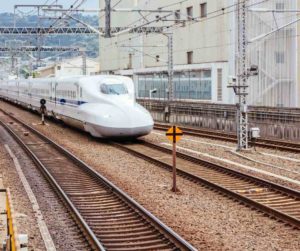
China's enthusiasm for high-speed trains has known few bounds so far, and now it has set its sights on a grand new scheme: reviving the ancient Silk Road through a state-of-the-art high-speed rail network for both passengers and freight. The $150 billion railway would start in Xinjiang and wind 3,700 miles through 40 Asian and European countries with a total population of three billion people.
Although this formidable project may seem like a distant dream, Chinese media have reported a rather short timeline: an initial date is expected in 2022, followed by the start of operational services by 2030. Despite China's confidence, there are a number of obstacles that could prove insurmountable for the project as a whole, not to mention the reported high-speed schedule.

China and Europe, doubling of the railway line.
The project's biggest obstacles are geopolitical discrepancies between countries, which is why Chinese President Xi Jinping brought more than 100 European leaders and representatives together in Beijing in July 2014 to launch and discuss the idea. Even with the consensus of countries, the biggest problem remains differences in track gauges within the countries concerned, High-speed trains. Designed for cross-border operations to run on different track gauges, a feature that will allow these trains to operate on international routes.
Typically, when operations change from one gauge to another, operators are required to change train bogies or deploy a new train, both of which are time-consuming processes. However, the new high-speed trains will be equipped with gauge-changing bogies underneath the cabs, allowing the vehicle to seamlesslychange its driving mode as it passes through a particular section of track with a different gauge. The railway facility is part of China's One Road One Belt economic plan to diversify and build new land and sea routes in Europe, the Middle East, Central Asia and Africa.